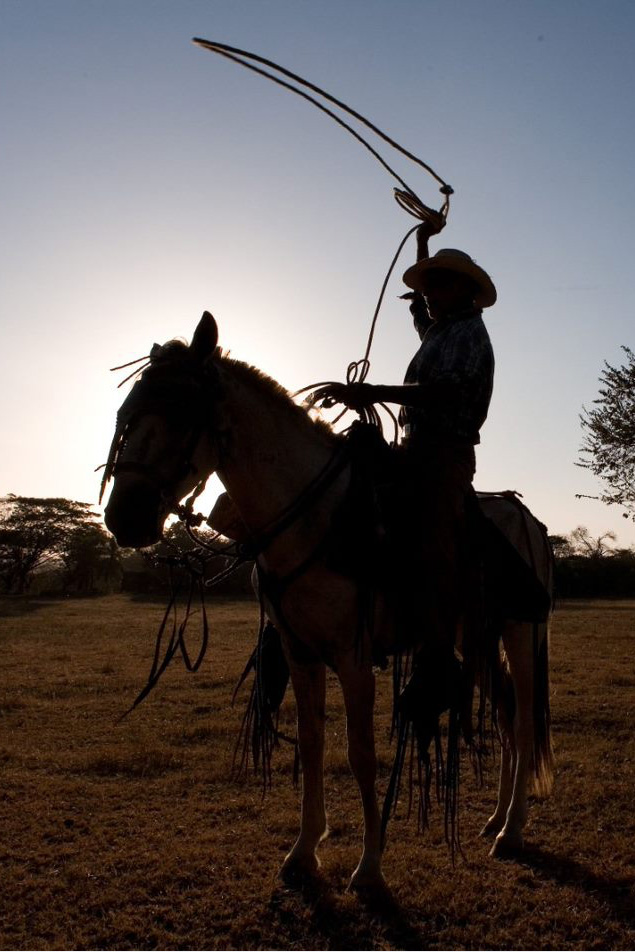Reserva Palo Verde – Origin honey
Reserva Palo Verde – Origin honey
There is an almost magical place in Costa Rica, where the wetlands and the dry tropical forest coexist in perfect harmony. This place is known as Palo Verde. Located along the banks of the Tempisque River, this national park has a wide variety of aquatic fauna and flora, especially birds. The park covers more than 45,492 hectares of land, this includes mangroves, lagoons, grasslands and wild forests. Palo Verde is the area with the most migratory waterfowl in Central America.

This reserve is considered dry forest since half the year there is almost no precipitation, there are shrubs and trees in the region that shed their leaves to conserve water during this dry season. The second it starts to rain, the flowers come out again and with them the animals of the park wake up. Here you can see the Scarlet Macaws, turquoise Motmots, Tricarunculatus Procnias, Herons of infinite colors and types, and many more bird species. You can also find howler monkeys, capuchins and deer.


There are 15 habitats in Palo Verde: lagoons, brackish swamps, freshwater swamps, salty mangrove swamps, freshwater mangroves, grasslands of different varietiesl, lowland scrublands, lowland forests, forests on calcareous hills, riparian forests, wooded savannas, flooded forests and evergreen forests.
The most common flora of the park has tall trees such as Espavel, Pochote, Ron-Ron, Ceibo Barrigón, Guayabón, Javillo, Cocobolo, Níspero, Panama and Ceiba. Among the aquatic plants are the tica, the gamalote grass, the platanilla and the trista. There is also a tree called Guayacán Real that is famous for its spectacular wood, but is in serious danger of extinction.
Reserva Palo Verde is a dry forest that has a wide variety of trees, the most common are:

Espavel tree / cashew tree
Scientific name: Anacardium excelsum
It is a very large tree and its leaves are simple and alternate with white-yellow flowers and sometimes creamy-pink.
Pochote
Scientific name: Bombacopsis quinata
It grows to 5 to 18 m tall, with large white flowers with a sweet aroma.
Ron-Ron
Scientific name: Astronium graveolens
It reaches up to 30 m in height, its flowers are small, with 5 yellowish-green petals.
Ceibo Barrigón
Scientific name: Pseudobombax septenatum
It grows up to 30 meters in height, has large pink or cream flowers that open at night.
Guayabón
Scientific name: Terminalia oblonga
It can reach 45 meters in height and its flowers are hermaphroditic, yellow-green in color, they do not have petals.
Javillo
Scientific name: Hura crepitans
It can reach 60 m in height. The trunk is covered with thorns and its flowers are red without petals.
Cocobolo
Scientific name: Dalbergia retusa
It reaches heights between 15 and 20 m, it is known for its wood of the highest quality and beauty. Unfortunately for this reason they have been exploited and today they are only found in national parks, reserves or plantations.
Níspero
Scientific name: Eriobotrya japonica
It can reach 10 meters in height or more. Its flowers only come out from October to February but the fruits do not usually ripen until April.
Panamá
Scientific name: Sterculia apetala,
They reach an average of 25 to 50 meters high. It blooms during the summer (December – April). Its flowers are yellow with purple or red edges, bees love them.
Ceiba
Scientific name: Ceiba pentandra
It grows to 70 meters or more, they have many flowers that can be white or pink.

Discover where we harvest this honey!
Our Single Origin Honey from Palo Verde comes from humid mangroves which may cause additional moisture and other interesting characteristics in the honey.
Since Blue Zones Nicoya honeys are 100% raw and unpasteurized this may result in a accelerated natural crystallization process. Enjoy honey with their individual characteristics and take advantage of this special feature.

In this honey discover:
- Color: extra white
- Aroma: melon, ripe pears, slight notes of mint and candied fruit.
- Taste: melon, ripe pears and lavender.


